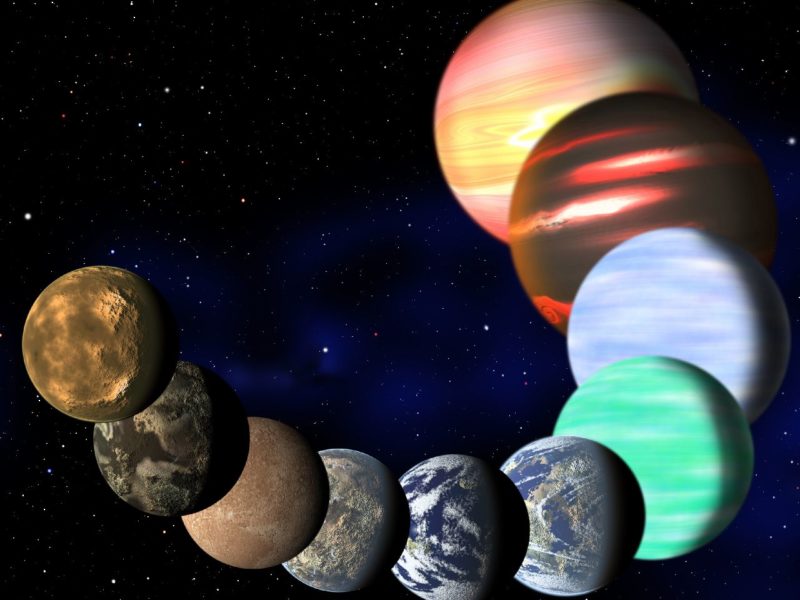Ilulissat, Greenland – A study led by Shfaqat Khan from the Technical University of Denmark has revealed that the Greenland Ice Sheet, the second largest body of ice in the world, is melting at a much faster rate than previously thought. A portion of the before unnoticed melting comes from the Northeastern Greenland, which was thought to be the last stable part of Greenland in terms of melting ice and glacial break-away. Because of warmer summers due to climate change, one of the glaciers in the South, Jakobshavn Isbrae, is retreating at four times the rate it had been in 1997.
Changchun, China – A study from the Jilin University in Changchun, China suggests that large amounts of xenon may be trapped within the Earth’s core. Previously, the atmospheric level of xenon is roughly 90% of what is predicted to be based on the amount of other noble gases in the atmosphere. While it has been previously suggested that the core contained the noble gas it was ruled out because a 1997 study showed that iron does not react with xenon. The study from Jilin University shows that iron and xenon do react to form a compound, but at the pressure and temperature within the earth’s core, which was not used in the 1997 study.
Richmond, Virginia – In an effort to change the way medical professionals approach obesity, the American Medical Association recognized obesity of be a disease in 2013. However, research from the University of Richmond is linking the thought that obesity is a disease in the obese to higher calorie consumption and higher body satisfaction. 700 obese research participants were shown a New York Times article outlining the AMA’s classification change and there was a notable increase in their average calorie consumption afterwards. The researchers themselves are not disputing the claim that obesity is a disease, but rather the study was centered around whether public health messages can have unintended consequences.
Hinxton, United Kingdom – Researchers from the Wellcome Trust Sanger Institute have discovered a protein on the surface of the egg cell that interacts with a previously discovered protein on sperm cells to allow for docking between the two cells. As of now, 20% of infertility cases have unidentified causes and researchers are working with the egg protein being called Juno to see if it could be the reason for unexplained infertility. In addition to the discovery of the protein, there was also the discovery of an interaction between Juno and a docking protein in sperm known as Izumo; namely, that Juno is removed from the egg’s surface after fertilization which is what prevents embryos from forming with more than one sperm cell.


'Scientific discoveries this week: 4/28/14' has no comments
Be the first to comment this post!